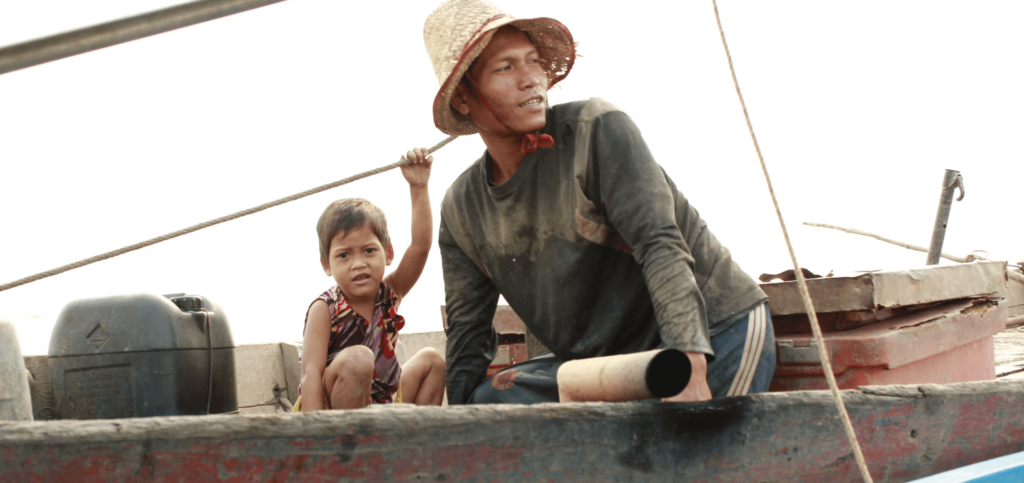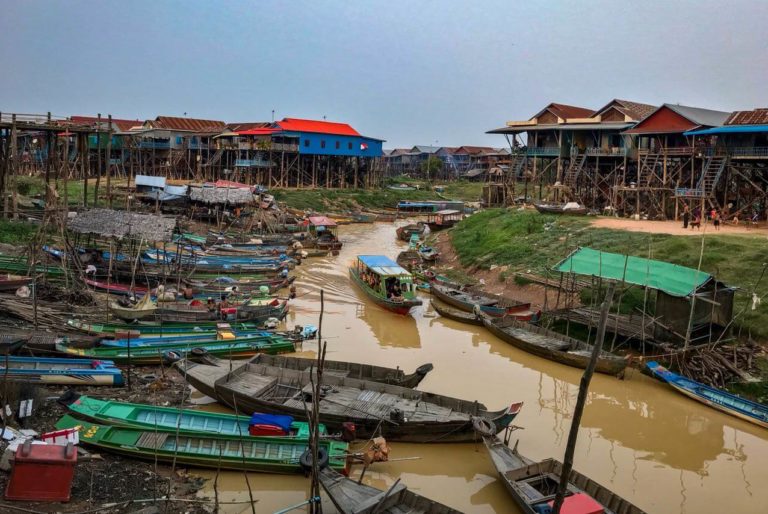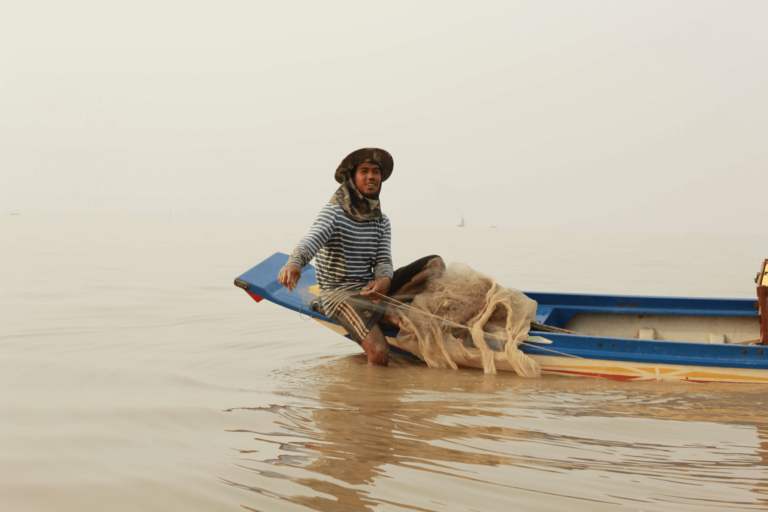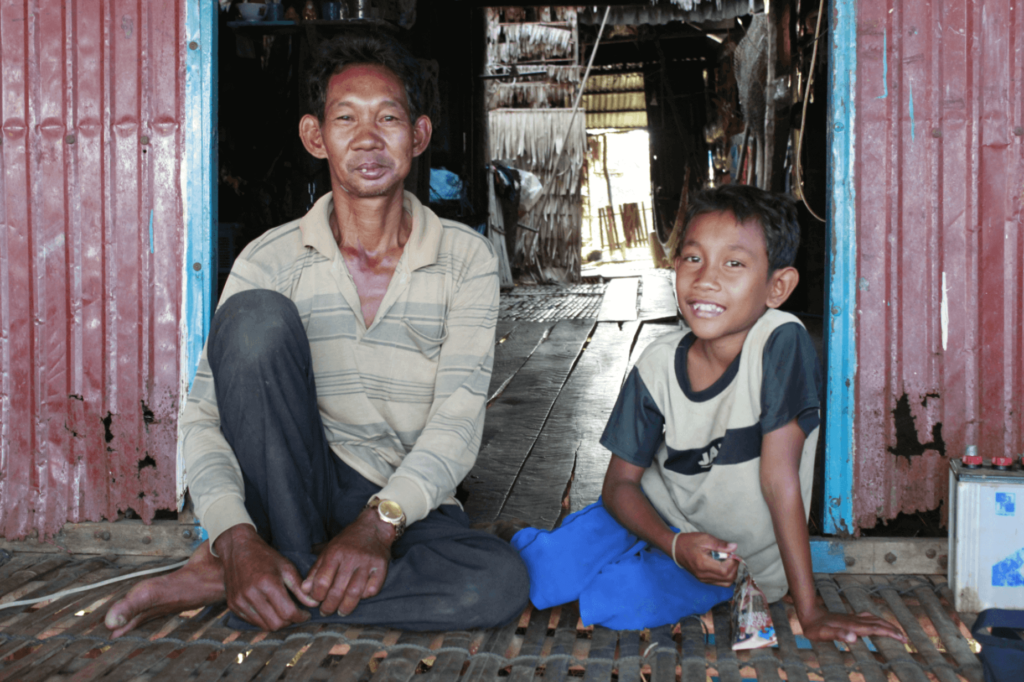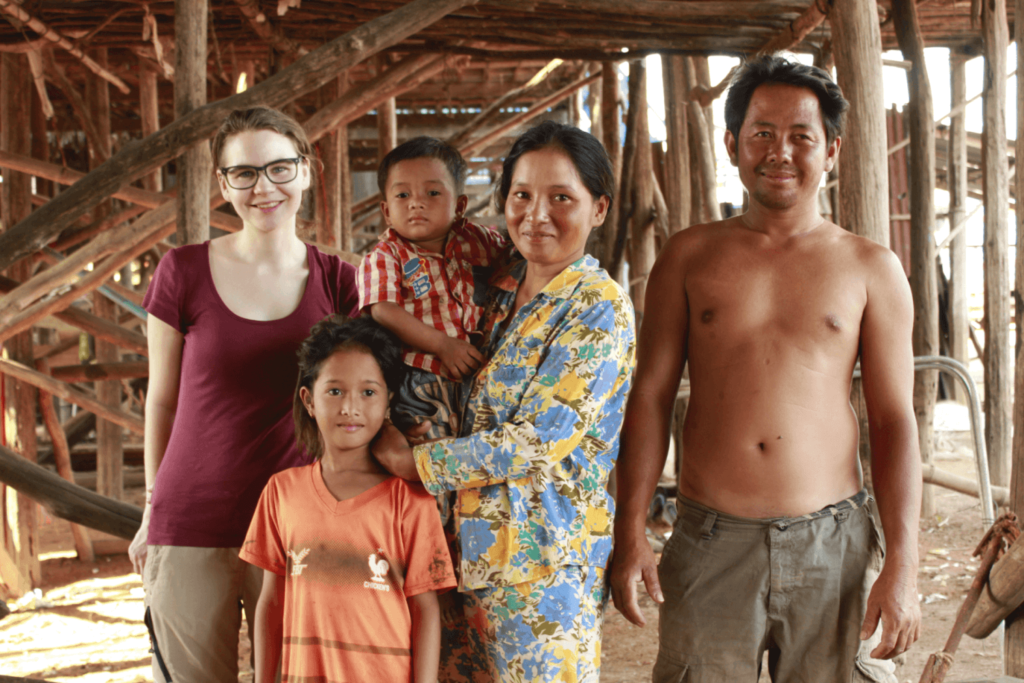Cambodia has come a long way since the horrific genocide of 1975-1979, during which the Khmer Rouge regime massacred 20% of the country’s population and wrecked widespread poverty. In the last 25 years, Cambodia’s economy has become one of the fastest-growing in the world. However, the fruits of economic development have not been divided equally and the majority of people who live in the countryside remain poor.
Economic growth brings power lines. Only about a decade ago, Cambodia had to import most of its electricity. In an attempt to overcome this shortage, the government turned to hydropower, and as of last year, almost half of Cambodia’s energy is hydroelectric.
However, this victory brought about the sharp urban-rural divide. Almost everyone in the cities has access to electricity, whilst only half of the rural population enjoys the benefits of electric power. It is also the rural folks who bear the side effects of hydropower plants. Apart from risks of flooding, dams disrupt fish migration and spawning, leading to a steep reduction in fish populations in rivers and lakes. Meanwhile, Cambodians heavily rely on fish for food security – it constitutes 75% of their protein intake.
“The rivers are everything for the rural people, and, even though it is hard to see the direct link, rivers are vital for the urban people too. That is where Cambodians get their food. They love the hydro dams because of electricity, but the dams are the very same reason why the fish catches decline. The rural people say ‘I can’t eat electricity, but I can eat fish. I would rather have the fish’. This is what the urban people are failing to recognize, “ says Sai, an activist for the rivers of Cambodia.
